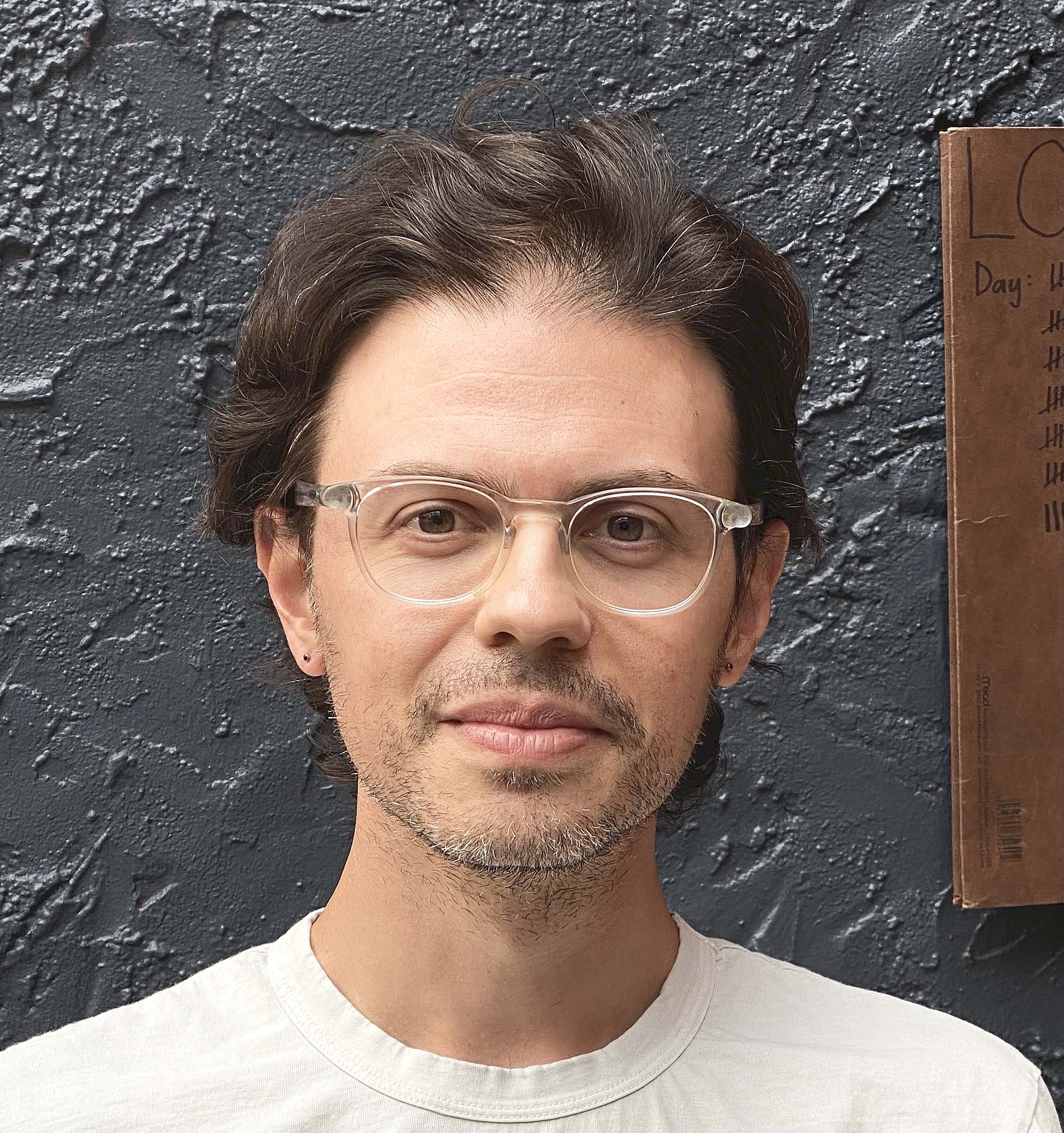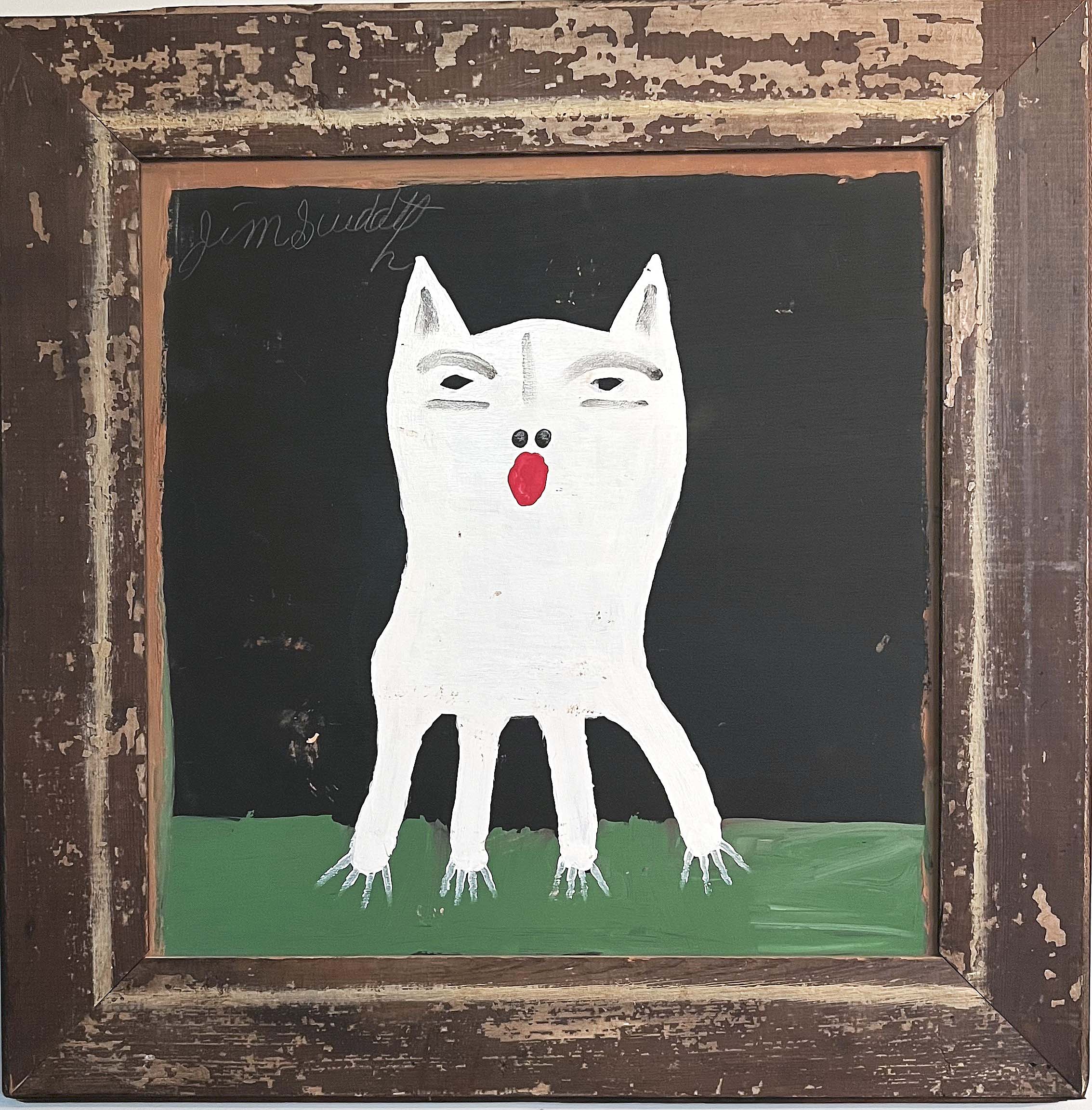
On June 28, The American Folk Art Museum (AFAM) announced the election of entrepreneur, investor and artist James Rohrbach to its national Board of Trustees. He is the 30th member to be welcomed onto the Board. On top of his resume in the entrepreneurial and real estate fields, Rohrbach is an artist and a passionate advocate for the arts and artists alike. Antiques and The Arts Weekly caught up with him after his election and got the scoop on his goals as a Board member, his inspirations and passions, and what he’s looking forward to.
What initially drew you to AFAM’s Board of Trustees?
I have loved and collected folk and self-taught art almost my entire adult life, and thus have frequented the museum for many years. In 2023, I connected with some members of the staff, which led me to learn more about the organization. Once I met director Jason Busch and heard his exciting vision for the future, I was keen to get involved and do my part to support the museum in realizing its goals.
How do you believe your extensive background in the real estate world will benefit you in your new position on the Board?
I started my career as a management consultant, and then spent more than a decade as an entrepreneur at the intersection of education, culture and technology before transitioning into real estate in 2019. I’m particularly interested in questions such as, “How does the museum grow its audience and impact materially but sustainably? How should its strategic plan evolve over the next decade? and What resources, processes and organizational structures do we need to support that plan?” I hope over time I’ll be able to bring to bear the skills and expertise I’ve acquired across the full breadth of my career on questions such as those.
On top of your already impressive resume, you are also an artist yourself. Can you explain what your creative process is like, perhaps sharing an example?
I make art at the intersection of text, performance and conceptual practices. My fundamental interest is in exploring what Allen Ginsburg called “the mysterious river of tears under the streets.” I interpret that line through a Jungian lens. Our society is built on these profound self-delusions regarding what guides our decisions and actions (rationality, conscious emotions, etc.), when really we all carry within us these vast expanses of psychic pain and subconscious feeling that actually drive so much of our lives, and yet which we rarely attempt to understand, much less publicly excavate. I create egalitarian and participatory performance pieces as pathways to access that world. For example, in one piece you are invited to participate via the prompt: Sit down in front of a mirror. You can’t get up until you cry. The work can then manifest as videos and photos of the experience, written reflections after the fact, group discussions, etc. The works are open to anyone, constantly evolving and continuously available — anyone interested in participating in one should just contact me.

“Mean Little Toto” by Jimmy Lee Sudduth (Alabama, 1910-2007), circa 1998. From the folk art collection of James Rohrbach. Photo courtesy James Rohrbach.
You have a passion for advocacy, especially when it comes to the arts and fellow artists. How has that passion shaped your career path, and what about your advocacy work do you hope to bring to the Board at AFAM?
I have two longstanding preoccupations in this area: cultural accessibility and opportunity. My first startup was a platform that helped undergraduates study abroad, and another was an adult language school — so both helped people have a broader set of cultural experiences. On accessibility, I am also a trustee of Studio in a School, which is such a powerful positive force for K-12 arts education, and I do a bit of writing about art, with an intended tone of “serious but accessible” — as a small rebuttal against artspeak and in the hope that perhaps it will inspire appreciation for and curiosity about art in new hearts.
On opportunity, I believe artists are done a gross disservice in that they are generally not taught the business side of an artistic career (for example: marketing, operations, basic budgeting and strategic planning), or indeed even encouraged to think of themselves as capable in those areas. So I try to share my business knowledge to help artists thrive, specifically as a mentor at NEW INC and as an advisor to Paddy Johnson’s VVrkshop.
AFAM is a very natural place for me to continue this work. Folk and self-taught art is definitionally accessible — in who makes it and for whom it is intended. Relatedly, these artists are also a priori unsupported — outside of the commercial art system. So, in my mind, two core missions for the museum are to put this approachable art in front of as large and diverse an audience as possible, and, through both that amplification and through intentional programs, to provide support to the artists themselves.
Finally, I think AFAM has a special opportunity to expand its impact in these areas in the decades ahead. The lines between folk and self-taught art and the traditional fine art world are rapidly blurring. Look at how many major museums have held shows of self-taught work in the past few years; at how many blue chip artists are explicitly inspired by and responding to self-taught work; at how our entire society is reflecting profoundly on questions of inclusion and exclusion. And then add AI (artificial intelligence) art into that heady mix. Isn’t AI art the next frontier of self-taught art, opening up radical new opportunities and posing thorny questions? The moment is ripe for AFAM’s leadership.
What are you most looking forward to in your tenure on the AFAM’s Board of Trustees?
First, I very much hope to have a positive impact. I want to make a difference, and specifically to help the museum grow its reach and influence. Additionally, I’m really looking forward to getting to know my fellow trustees and the staff, all of whom seem so wonderful, and to deepening my knowledge of folk and self-taught art through focused study and attention.
—Kiersten Busch




